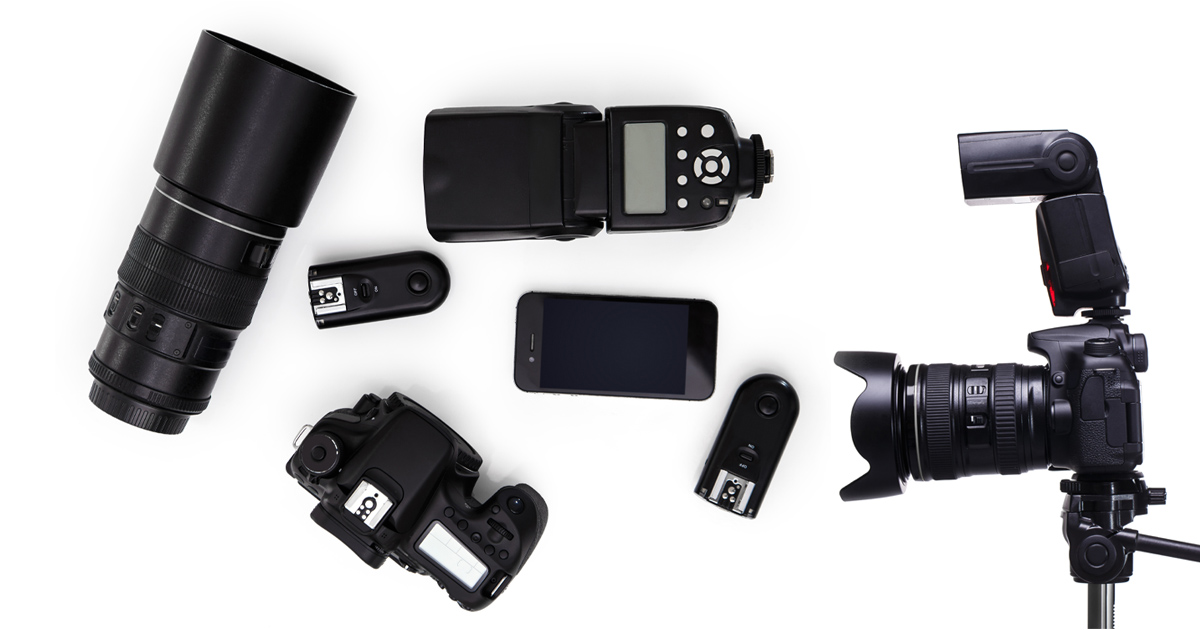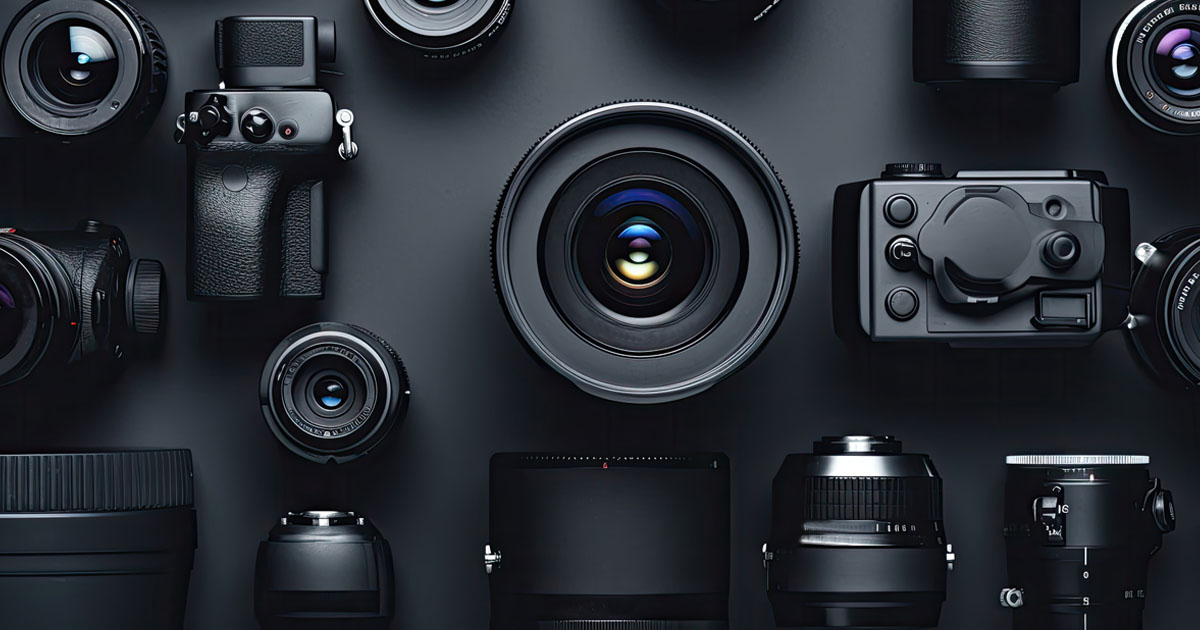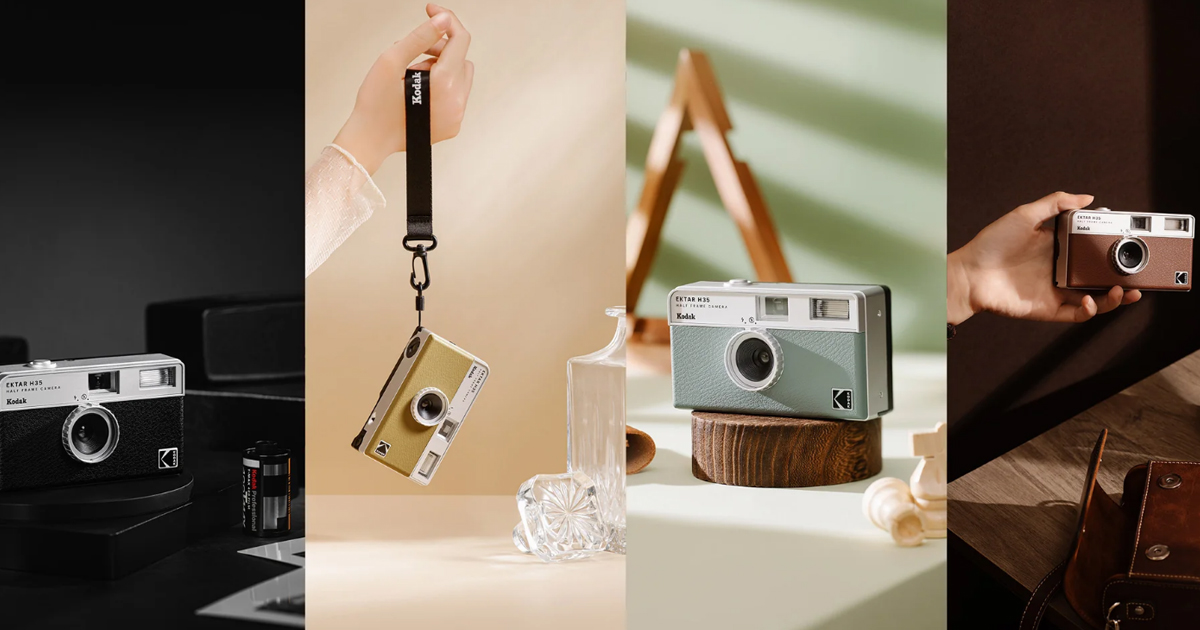Buying Detachable Camera Flash Guide: The Art of Perfect Lighting
Introduction:
In the world of photography, light is the essence that breathes life into every picture. One indispensable gadget in the photographer’s toolkit is the detachable camera flash. This is where a detachable camera flash comes to your rescue, transforming ordinary shots into extraordinary masterpieces. In this comprehensive guide, we delve into the world of detachable camera flashes.
Table of Contents
ToggleUnlock Creativity
Photography is an art form, and like any art, it thrives on creativity. A detachable camera flash opens up a world of possibilities by allowing you to control and manipulate light in your shots. Whether you’re aiming for dramatic shadows, soft highlights, or evenly lit subjects, a detachable flash empowers you to shape the lighting to match your creative vision.
When relying solely on ambient light sources, shadows can often cast unwanted distractions on your subjects. A detachable flash provides you with the flexibility to control the direction and intensity of light, reducing or eliminating those bothersome shadows, resulting in crisp, professional-looking photographs.
How Detachable Camera Flashes Work
Detachable camera flashes operate on a relatively simple principle. When triggered, they emit a burst of intense light for a brief moment, effectively illuminating the scene. This burst of light can be precisely controlled to achieve various lighting effects. The following factors show how Detachable Camera Flash works.
Flash Tube:
At the heart of every detachable camera flash is a flash tube filled with xenon gas. When an electrical current passes through the tube, it generates a brief but incredibly bright burst of light.
Reflector and Diffuser:
The flash tube is often surrounded by a reflector and diffuser. The reflector directs the light in the desired direction, while the diffuser helps spread the light evenly, preventing harsh shadows.
Sync Mechanism:
To synchronize the flash with your camera’s shutter, a sync mechanism is employed. This ensures that the flash fires at the right moment, precisely when the camera’s sensor is exposed to light.
Power Control:
Modern detachable flashes allow you to control the power output, letting you adjust the intensity of the flash to suit your needs. This control over lighting is invaluable for achieving the desired mood and effect in your photos.
Differences between the TTL Flash & Manual Flash
The main difference between a TTL flash & Manual flash lies in how they meter and control the flash output. Normal flashes require manual adjustments, while TTL flashes use the camera’s metering system to automatically adjust flash power for accurate exposures.
TTL Flash
Pros:
- Automatic Exposure: TTL flash meters the scene and calculates the required flash output automatically, making it ideal for fast-paced situations.
- Simplicity: It’s a great choice for beginners as it requires minimal manual adjustment.
- Consistency: TTL flash maintains consistent exposure even as the subject or ambient lighting changes.
Cons:
- Limited Creative Control: Advanced photographers may find TTL limiting when they want precise control over lighting.
- Dependency on Camera: TTL flash’s performance is tied to the camera’s metering system.
Manual Flash
Pros:
- Full Control: Manual flash provides complete control over flash output, allowing for creative lighting effects.
- Predictable Results: You can achieve consistent results once you’ve mastered manual flash settings.
- Independence: It’s not reliant on the camera’s metering, giving you greater flexibility.
Cons:
- Learning Curve: Manual flash requires a deeper understanding of lighting and exposure.
- Slower Setup: It may take longer to adjust manual settings, making it less suitable for fast-moving situations.

Detachable Camera Flash – On Camera Flash Vs Off the Camera Flash
On Camera Flash/Direct Flash:
Positioning: With direct flash (on camera), the detachable flash is attached directly to the camera’s hot shoe. This means that the flash fires in the same direction as the camera’s lens, illuminating the subject head-on. This can result in harsh, unflattering shadows, especially when photographing people.
Light Quality: Unless you know how to use it properly, On camera flash often produces strong, harsh light that can lead to overexposed highlights and deep shadows. This can sometimes create a flat and uninteresting look in photographs. Flattering light by bouncing to ceiling will help in acheving the good output.
Convenience: Using a direct flash is straightforward and doesn’t require trigger (additional equipment) or wifi setup. It’s suitable for quick snapshots but may lack creativity in professional photography.
Off Camera Flash:
Positioning: Off camera flash involves detaching the flash from the camera and positioning it at various angles to the subject. This technique allows for more control over the direction, intensity, and quality of the light. Photographers often use flash brackets, stands, or triggers to achieve off-camera flash effects.
Light Quality: Off-camera flash provides a greater degree of control over the lighting. Photographers can position the flash to create soft, flattering light by bouncing it off surfaces or diffusing it through modifiers like umbrellas or softboxes. This results in more appealing and professional-looking photographs.
Creativity: Off-camera flash allows for creative lighting setups, including dramatic side lighting, rim lighting, and dynamic shadows. It’s a favorite among portrait and studio photographers for its ability to sculpt light and add depth to images.
Remote Control: Detachable camera flashes come equipped with Wi-Fi connectivity. This feature enables photographers to control the flash remotely using a smartphone or dedicated remote control. It allows for adjusting flash settings, power output, and triggering the flash from a distance. When using multiple off-camera flashes, Wi-Fi connectivity simplifies synchronization.
How to Select the Perfect Detachable camera flash
Selecting the right detachable camera flash for your needs can be a daunting task, given the multitude of options available. Follow the steps by step guide while buying the Perfect Detachable Camera Flash.
1. Compatibility: Ensure that the flash you’re considering is compatible with your camera model. Different camera brands and models have varying hot shoe mounts, so it’s crucial to check for compatibility.
2. Power Output: Consider the power output of the flash. Higher power output is beneficial for outdoor or large indoor spaces, while lower power may suffice for closer subjects or creative close-up shots.
3. Flash Modes: Detachable flashes typically offer two main modes: TTL (Through-the-Lens) and manual. TTL mode allows the camera to control the flash output automatically, while manual mode gives you full control over the intensity. Choose the mode that aligns with your shooting style and preferences.
4. Accessories: Evaluate the availability of accessories such as diffusers, color gels, and bounce cards. These accessories can enhance your flash’s versatility and the quality of your photos.
Professional Flash Kit:
Square Flash:
Round Flash Head:
5. Budget: Set a budget before you start your search. Detachable camera flashes come in a wide price range, so having a budget in mind will help narrow down your options.
Detachable Camera Flash for different cameras
Canon, Nikon, Sony, and Fujifilm each offer a range of detachable camera flashes with distinct working capabilities. Your choice should align with your camera brand, budget, and specific needs. All these brands are dedicated to quality and innovation, making them trustworthy options for photographers looking to master the art of flash photography. We have handpicked some of the highest user rated detachable camera flashes.
Canon: (Canon)
Worldwide:
India:
Nikon: (Nikon)
Worldwide:
India:
Sony: (Sony)
Worldwide:
India:
Fujifilms: (Fujifilms)
Worldwide:
India:
Conclusion
Detachable camera flashes have evolved from simple external bulbs to sophisticated lighting tools, revolutionizing photography. They play a pivotal role in capturing professional-quality images and offer creative possibilities that were once unimaginable. As photography continues to advance, we can expect even more exciting developments in the world of detachable camera flashes.
A detachable camera flash is more than just an accessory; it’s a tool that can elevate your photography to new heights. Online’s vast marketplace provides an array of options to cater to photographers of all levels and budgets. By carefully considering compatibility, features, and customer reviews, you can confidently make an informed purchase, knowing that you’re investing in a valuable addition to your photography gear.
FAQs
1.Are detachable camera flashes compatible with all camera models?
Some universal compatibility detachable camera flashes are available & work with most of the brand’s cameras. But each manufacturer has their own style of hot shoe (Camera & Flash connecting point) for the detachable camera flash. Canon, Nikon & Fujifilm have a centre pin, but Sony has Multi-Interface Shoe (MI Shoe), Olympus and Panasonic, both using the Micro Four Thirds system. So it’s crucial to check the specifications to ensure compatibility with your camera.
2. What is the average lifespan of a detachable camera flash?
The lifespan of a flash varies depending on usage, but with proper care, it can last for several years.
3. Can I use third-party detachable flashes with my camera, or should I stick to the manufacturer’s brand?
Using the manufacturer’s product is ideal. Otherwise, you can use third-party flashes. They are reliable, low priced compared to their own brand product.
4. Are there any safety precautions I should follow when using a detachable camera flash?
Always be mindful of flash safety, such as avoiding direct eye contact with the flash and preventing overheating during extended use.
5. How can I master the art of using detachable camera flashes for creative lighting effects?
To master creative lighting techniques, consider enrolling in photography courses or workshops focused on flash photography and lighting techniques.
6. What is TTL metering, and why is it important in a detachable camera flash?
TTL metering stands for Through-The-Lens metering, which ensures accurate exposure by measuring light through the camera’s lens. It’s important for achieving consistent results.
7. Can detachable flashes be used for videography as well?
No, Most of them are for photography purpose only. Only few detachable flashes offer video lighting modes, making them suitable for videography.
8. What are the advantages of using a wireless detachable flash?
Wireless detachable flashes provide flexibility in positioning and are often used in off-camera flash setups.
Buying Detachable Camera Flash Guide: The Art of Perfect Lighting Read More »




